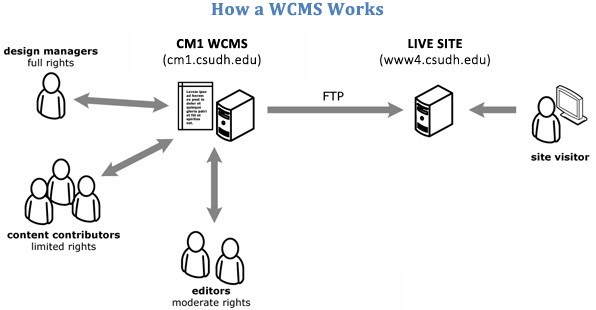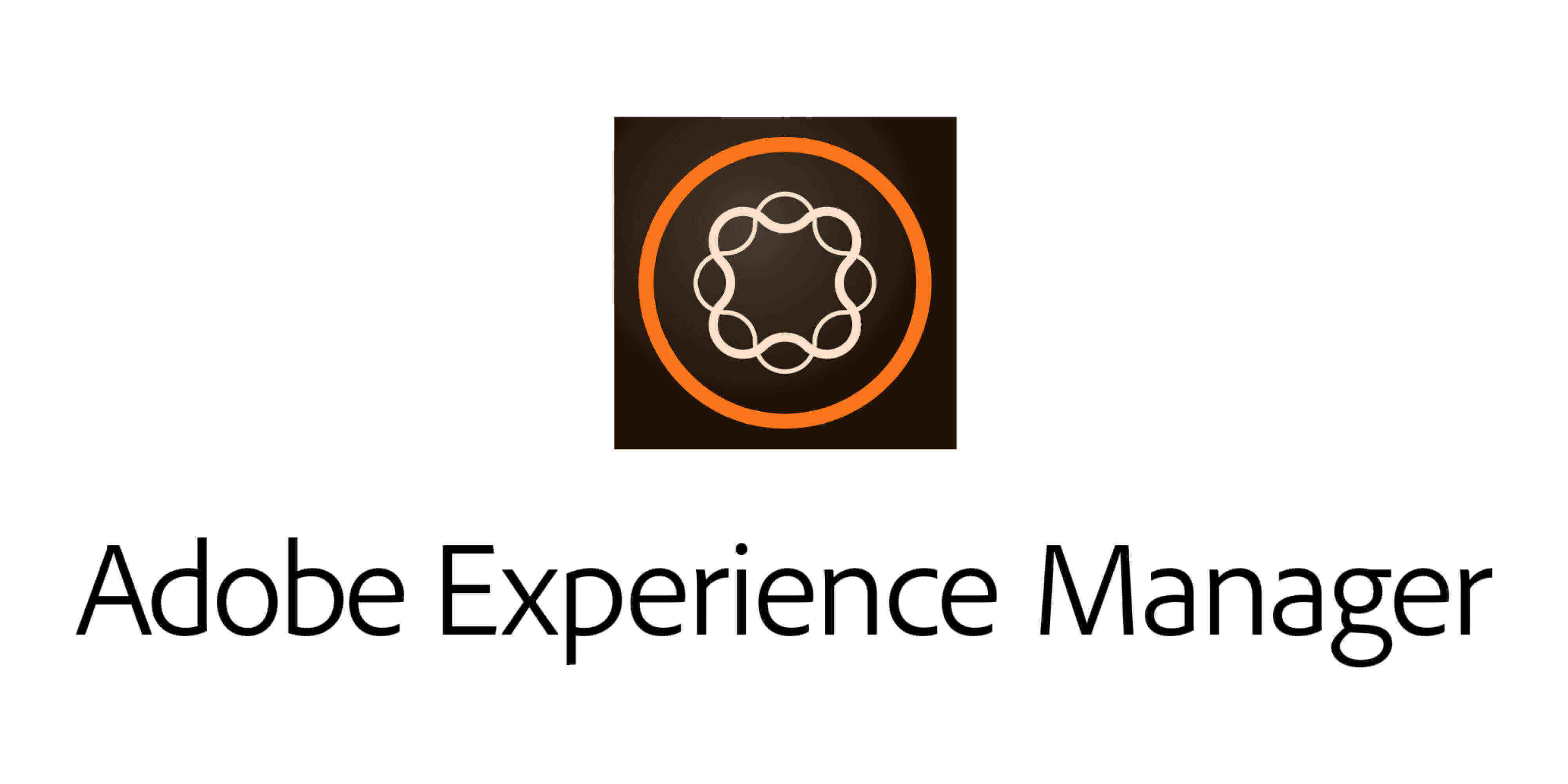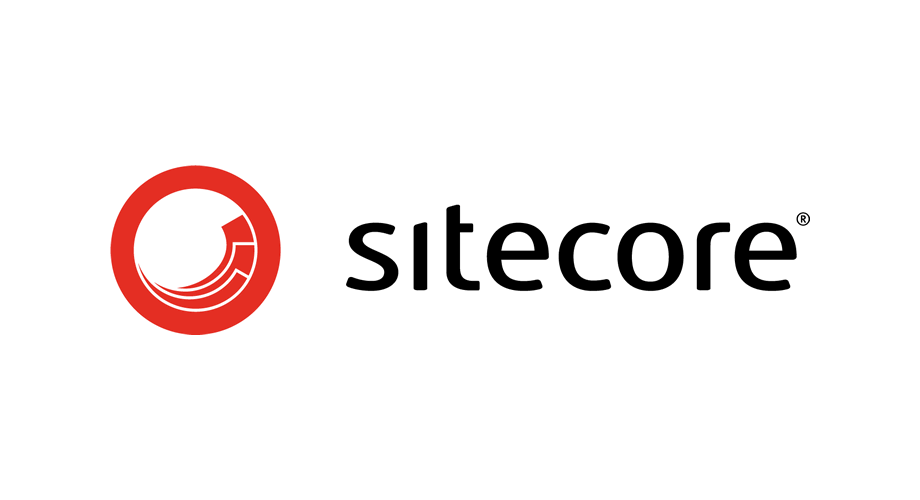The new Gartner Magic Quadrant of Web Content Management 2019 has recently been released. All the same players remain in the leaders quadrant of the new Gartner WCM report: Adobe and Sitecore.
Sitecore and Adobe: The Best Web Content Management Tools

Are Gartner's estimates true?
As of November 2019, the total number of Internet users was estimated at approximately 5.2 billion people.
All of them use the information provided by Web Content Management Systems. We offer you a small retrospective of the state of this segment from leading world analysts.
Definition

A Web Content Management System (WCMS) is a software system that provides website creation, collaboration and contains appropriate management tools. WCMS also typically includes relatively uncomplicated programming languages or markups that allow non-professionals to create websites and manage their content.
Web content management system still requires that the system administrator and / or web page developer configure and add the necessary options, but above all, it is a non-technical staff website maintenance tool.
If you want - you can learn more about this systems on Wikipedia.
WCMS Description

WCMS market in 2019 remains diverse and growing. Responsible for the application, marketers, digital experience specialists and merchandisers - all of them today consider WCM as a means to solve their critical tasks.
Gartner defines Web Content Management (WCM) in the same way as Wikipedia refers to as a content management process that will be consumed across many digital channels using specific management tools based on a basic repository.
WCMS can be delivered as commercial products, Open Source tools or host services. The features of WCMS products are wider than simple publishing of Web content and include:
- Content creation features such as templating, workflow, and change management.
- Library services such as check-in / check-out, version control and security.
- Content deployment features that deliver prepackaged or on-demand content to Web servers.
- A high degree of interoperability with related technologies such as CRM, Marketing Resource Management (MRM), Digital Asset Management (DAM) and Web analytics.
- Adaptation in real time to interaction with visitors.
- Good integration with delivery tiers, such as e-commerce and social media portal software.
Adobe

Adobe Experience Manager (AEM) is a leading content and media management system owned by Adobe Systems Inc., designed for websites with a large volume of content. AEM provides:
- Convenient online content editing tools to make content creators easy to create
- Replicate pages and resources to individual AEM Publish servers for fast end-user access
- API integration with analytics, tag management, image creation, marketing campaigns, etc.
- Expandability based on your needs, being a solution in Java and an open source stack
Gartner admits that Adobe has “a huge market momentum,” but says many organizations have complained about the difficulty of installing and integrating Adobe products — without even mentioning their higher cost than other WCM platforms. Adobe is still leading the "ability to execute" axis.
Sitecore

Sitecore has been regarded as a worthy competitor to Adobe Experience Manager for several years. Main benefits of Sitecore are:
- One platform to manage personalized content delivery across channels and at scale
- Multi-site and multilingual content management system (CMS)
- Central repository for all customer interaction data
- Headless architecture powers ability to create content once and display it anywhere
- Native analytics, testing, optimization, and machine learning capabilities
Despite its high level of customer satisfaction, Sitecore faces fierce competition because it does not offer as many products as Adobe as part of its Marketing Clouds. Marketers may also feel an inadequate range of Sitecore features.
When it comes to leading content management systems, both Sitecore and Adobe Experience Manager are key players. In fact, it is these two platforms that have been consistently positioned as leaders in Gartner’s recent annual Magic Quadrants for Web Content Management (WCM).
As it's miles obvious from above, the two CMSs have a whole lot in common: they can both perform correctly and add value to agencies if nicely customized. However, the systems have positive distinctions which can turn out to be crucial relying on a company’s requirements and expectations. They are personalization capabilities, the ability to control the machine from a single platform and the user interface’s friendliness.
When our customers ask us when to apply Sitecore in preference to Adobe content management software, we generally advise searching on the project’s foremost requirement. It is clear that those CMSs aren't the first preference for startups and small businesses, while midsize and massive businesses may locate those answers to be in shape. If businesses run diversified organizations, possibilities are, they will discover Sitecore to be a spot-on device for them, at the same time as for businesses that concentrate on content-sharing, Adobe Experience Manager will in shape the bill.





















